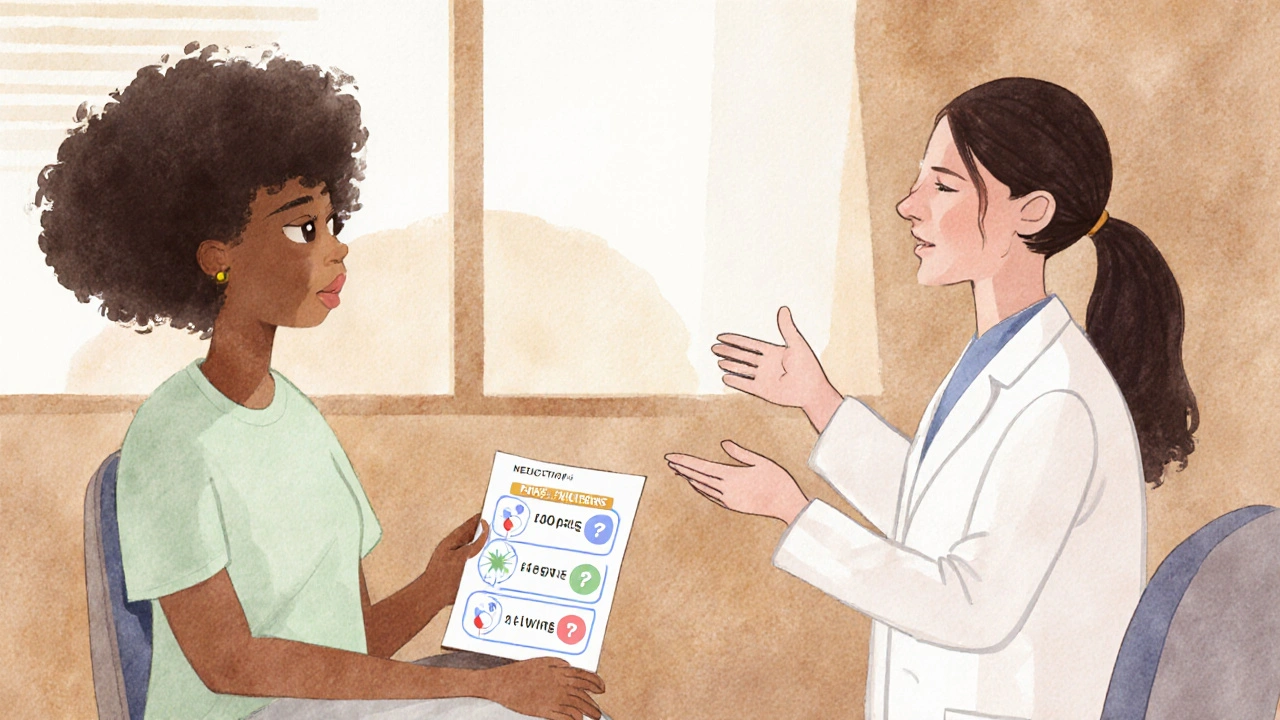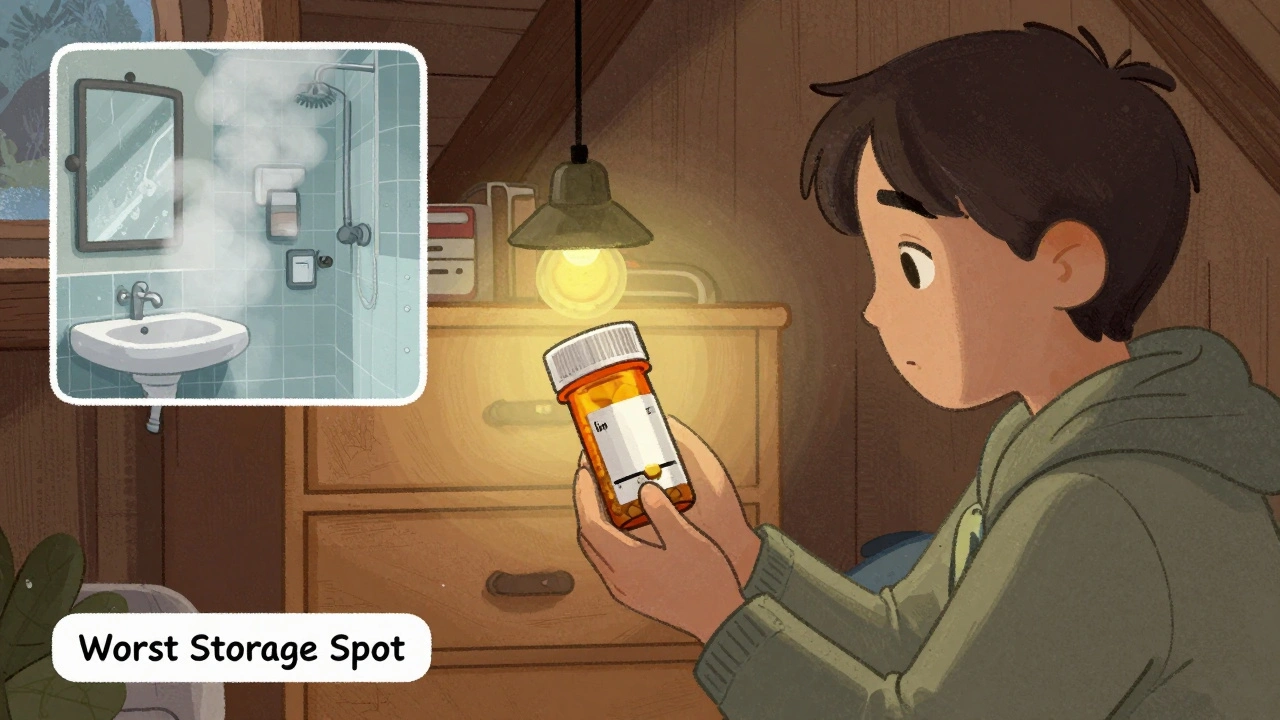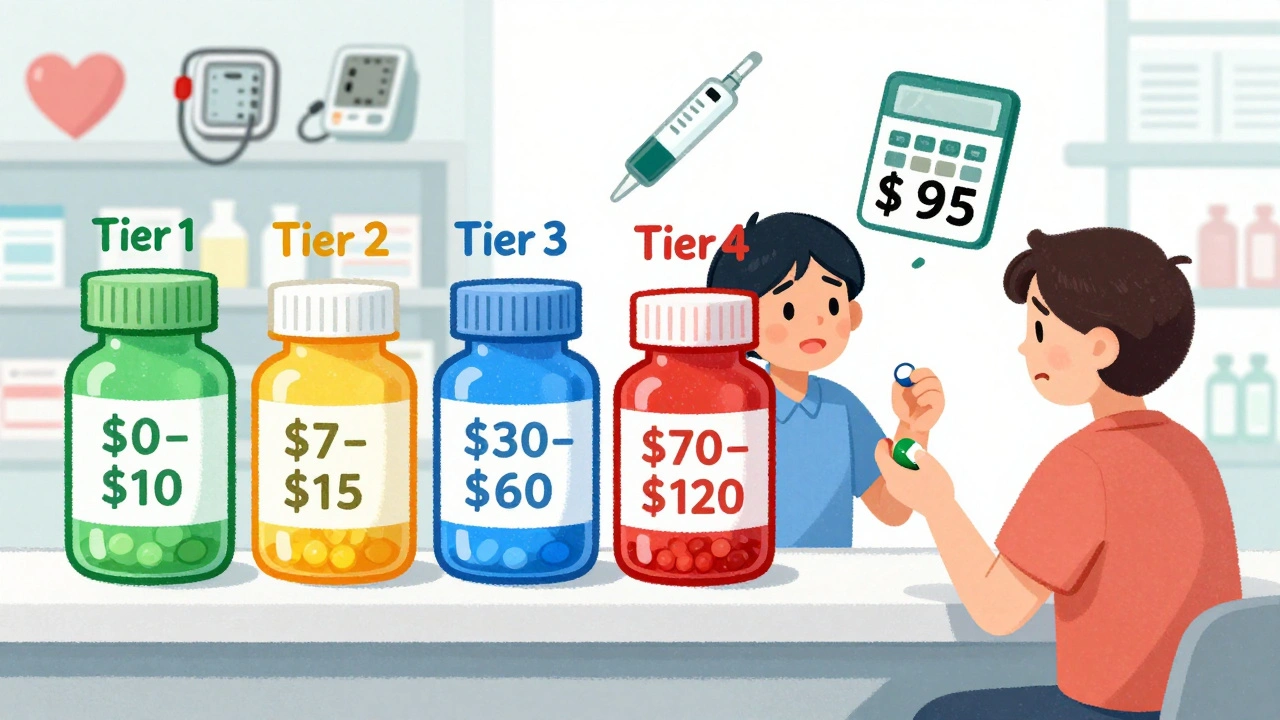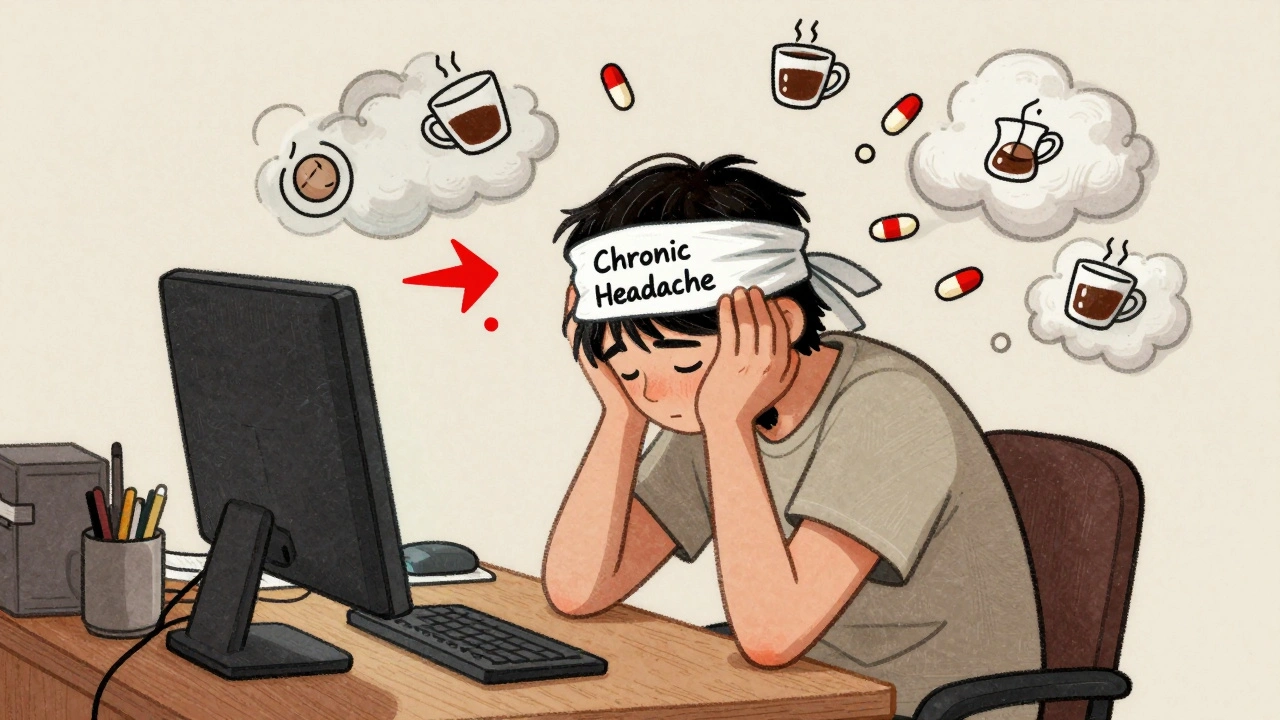Shared Decision-Making in Healthcare: What It Is and Why It Matters
When you and your doctor work together to pick the best treatment for shared decision-making, a process where patients and clinicians collaborate using the best available evidence to choose care options aligned with the patient’s values and preferences. It's not just asking questions—it's building a plan that fits your life, not just your diagnosis. This isn’t a buzzword from a hospital brochure. It’s what happens when you stop being a passive recipient and start being an active partner in your care.
patient autonomy, the right of individuals to make informed choices about their own medical care is at the heart of this. You don’t need to be a medical expert to have a say. You just need clear facts. For example, if you’re told you need a bisphosphonate for osteoporosis, you should also know the rare but serious risk of jaw necrosis—and whether the benefit outweighs that risk for you. Or if you’re considering estrogen therapy while on warfarin, you need to understand how it can swing your INR levels. Shared decision-making means you get these details upfront, not after the fact.
This approach isn’t just about safety—it’s about effectiveness. Studies show people who take part in shared decision-making are more likely to stick with their treatment. Why? Because they picked it. They didn’t just accept it. When you understand the trade-offs—like how benzodiazepines give fast anxiety relief but can trap you in dependence—you make choices that match your goals. Maybe you’d rather try therapy first. Maybe you’d prefer an authorized generic to save money without losing effectiveness. Maybe you’d rather use secure messaging to ask your pharmacist about pomegranate juice interactions instead of waiting on hold. These aren’t minor details. They’re the core of your care.
Shared decision-making doesn’t mean your doctor gives up control. It means they guide you through the options, not push you toward one. It’s the difference between being told, "You need this," and being asked, "What matters most to you?" And that shift changes everything. Whether you’re managing COPD, choosing fertility meds, or deciding on gender-affirming hormones, your values should shape the path—not just the guidelines.
Below, you’ll find real-world examples of how this plays out. From how to ask smart medication questions using secure messaging, to understanding why steroids won’t cure athlete’s foot, to comparing alternatives like Ketotifen vs. Flonase—each post shows how informed choices lead to better outcomes. You won’t find vague advice here. Just clear, practical insights that help you take back control.

Control and Choice: How Patients Take Back Autonomy in Medication Selection
Patients have the right to choose their medications based on personal values, side effects, and cost-not just doctor recommendations. Learn how autonomy in drug selection works, why it often fails, and what you can do to take control.





